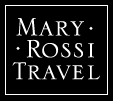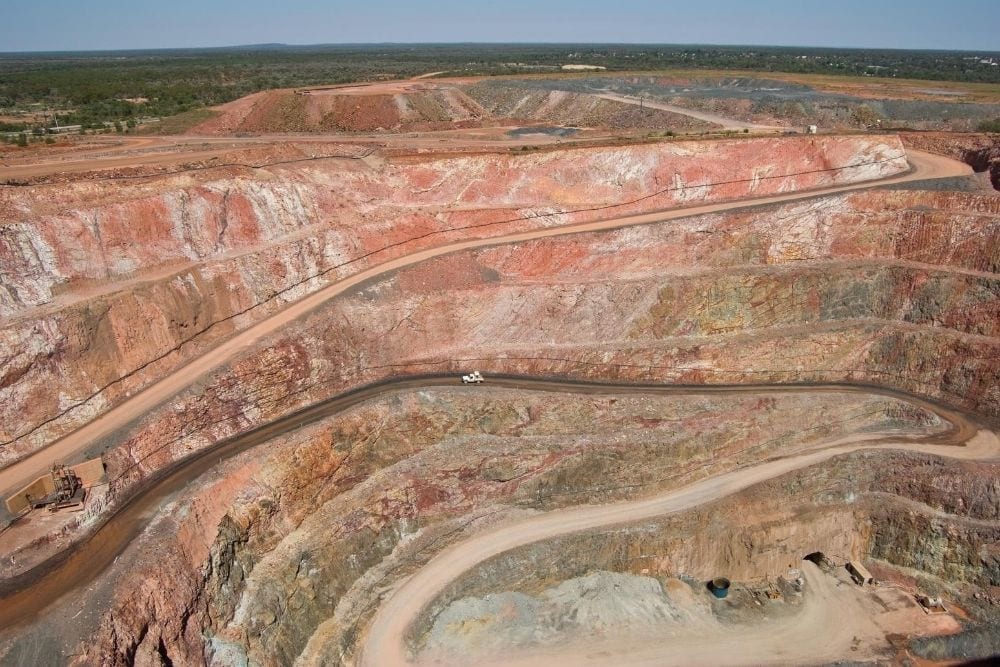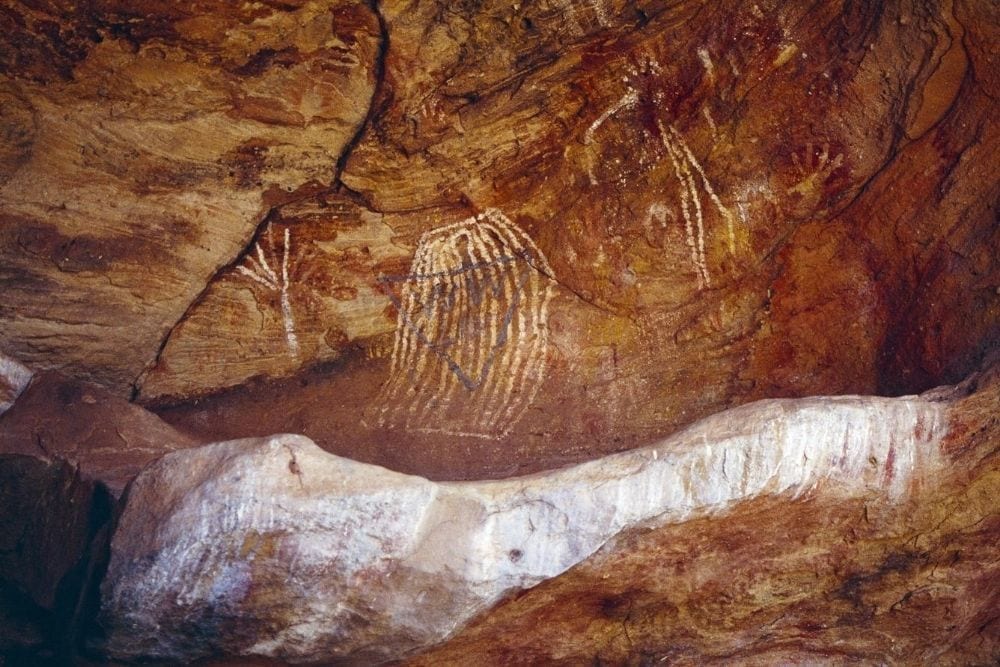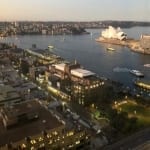Self Drive Outback NSW | 9 Days from $1,795 per couple
There is no better time to explore our own backyard. This Self Drive NSW Outback itinerary takes you far from the city lights to discover friendly outback towns and local pubs, ancient landscapes, unique rock formations and rich Aboriginal culture.
The Itinerary below is fully customisable to your travel dates and interests. Nine days from $1,795 per couple. Optional activities available at additional cost.
Day 1 – Sydney to Dubbo
Self Drive Sydney to Dubbo (392km/5 hours non-stop driving time) via Blue Mountains and Mudgee.
The Blue Mountains rugged region features dramatic cliffs, rock formations, waterfalls and caves. Many quaint villages dot the landscape, offering excellent restaurants, cafes, pubs, gardens, galleries, antique stores and other shops to entertain less energetic visitors. The area was listed in 2000 as Australia’s 14th World Heritage Area for its unique landforms, geological history, flora and fauna and its cultural significance to the Daruk and Gundungura Aboriginal people. Older than America’s Grand Canyon, the area is home to living fossils like the Wollemi Pine. Bushwalking, rockclimbing, canyoning, abseiling, mountain biking and 4WDriving are all possible.
The elegant town of Mudgee has a rich pastoral history and colonial gold rush era is reflected in the tree-lined heritage streetscapes, perfect for walking and cycling. Winemaking in the region dates back to the 1850’s, with the temperate climate allowing for the slow ripening of grapes, producing robust wines. Stop at one of the 35 cellar doors in the area.
In the heart of the beautiful Macquarie Valley, Dubbo is a vibrant regional city by the majestic Macquarie River. There are many wonderful experiences, including the award-winning Taronga Western Plains Zoo, marvellous museums including the Western Plains Cultural Centre, Dubbo Observatory, the heritage listed Old Dubbo Gaol, and the iconic Royal Flying Doctors.
Day 2 Dubbo to Cobar
Self Drive Dubbo to Cobar (300km/3 hours, 10 minutes non-stop driving time)
Discover ancient landscapes, unique rock formations and rich Aboriginal culture in national parks. Visit colourful mining towns and view the wonder of the stars. The vast and rugged New South Wales Outback is home to many epic and memorable experiences.
At the crossroads of Barrier Highway and Kidman Way, discover the fascinating town of Cobar that is rich in mining heritage and natural attractions. Follow the self-guided Cobar Heritage Walk to see the town’s historic buildings, including several from the Victorian and Edwardian eras, as well as early miners’ cottages. Then stop by the heritage-listed Great Western Hotel, a traditional rural Australian corner pub. Visit the Great Cobar Heritage Centre (undergoing renovation), set inside the former administration offices of the Great Cobar Copper Mine built in 1912. Here you can take a journey through Cobar’s history from the time of the local Aboriginal Ngiyampaa people to the mining era. Marvel at historic artefacts and take a seat at the controls of a massive excavator.
Day 3 Cobar to White Cliffs
Self Drive Cobar to White Cliffs (333km/3 hours, 30 minutes non-stop driving time)
White Cliffs is Australia’s oldest commercial opal field. It is one of just a few places in the world where white opal is found and is most famous for its rare ‘pineapple’ opals with their distinctive spiky shape. You will not see many buildings when you arrive in White Cliffs – everything from houses to hotels has been built underground to escape the Outback heat. People have been drawn here since the 1880’s in search of opals, and you pick up some of the glittering gems in the many shops and galleries around town or perhaps take a mine tour.
Optional – Red Earth Opal Mine Tour
The ‘Opal Mine Tour’ is a unique look into the early history of the Opal Field, before entering into a working and producing opal mine. Situated within the Historic Diggings of the 1890’s, visitors get the opportunity to walk down a ramp from the surface carved through the multiple levels of diggings, to reach a depth of 45 feet. It is at this level you will see the demonstration of the mining equipment and even have a chance to dig on the mine face yourself. You too may be one of the lucky visitors who have actually discovered opal in Graeme’s mine, adding to the growing list.
Tours leave from the Coffee House & Gallery at 3pm most days.
Accommodation at Underground Motel, Queen Room (or similar)
for 1 night including continental breakfast
(NOTE DUE TO THE UNDERGROUND NATURE OF THIS MOTEL HAS NO ENSUITES (SHARE FACILITIES ONLY) Suggest extra night at Broken Hill if this is not acceptable
Day 4 White Cliffs to Broken Hill
White Cliffs to Broken Hill (239km/2 hours, 40 minutes non-stop driving time)
The unofficial capital of the NSW Outback, the city of Broken Hill has a rich history, vibrant artistic community, and plenty of colourful characters. Discover amazing galleries, vast sculptures, cool cafes, palatial federation heritage and moving mining landmarks in Australia’s first heritage-listed city. It is also Australia’s oldest mining town, dating back to the 1880’s. Take time to visit the “Line of Lode Miner’s Memorial” which celebrates the life and work of more than 800 miners who lost their lives. There are many galleries and studios in town, including the Broken Hill Regional Art Gallery, Pro Hart Gallery and Willy Nilly Art. You might recognise this iconic Palace Hotel from the movie Priscilla, Queen of the Desert.
Day 5 At Broken Hill
A true outback city in every sense, Broken Hill is a living, breathing time capsule where the great mining prosperity of yesteryear blends seamlessly with a rising modern art scene, all set amid a sprawling desert landscape. It’s a place of huge skies, red rocky earth and a fascinating and internationally significant history. It is, after all, Australia’s first heritage-listed city, and its secrets are just waiting to be discovered.
Tourism has developed into a major industry in Broken Hill, with tours of several underground mines available for visitors. There is a visitor centre and lookout over the city perched on top of the Line of Lode mines on the southern side of the railway. Broken Hill has developed into an important regional art centre with a collection of galleries and outdoor parks with stone sculptures.
The commercial centre of Broken Hill is located along Argent Street which is lined with grand buildings and historic shop fronts. Many streets radiating out from the town centre have been named after things related to the mining industry. In complete contrast to the desert-like landscape surrounding Broken Hill, there are several attractive parks and gardens within the city.
Optional – Mutawintji National Park Excursion
Discover some of the most culturally significant indigenous artworks in Australia, at one of the country’s most sacred aboriginal sites.
Highlights:
• Interpretive walks to the Aboriginal rock engravings and hand stencil sites within Mutawintji’s restricted access Historic Site.
• An audio-visual presentation telling the traditional dreamtime and creation story of Mutawintji, prepared by the indigenous custodians.
• Great Outback landscapes
• Spot some of Australia’s magnificent native wildlife in their natural environment
Mutawintji (pronounced moot-a-wint-ji) National Park, the sacred heart of the Byngnano Ranges, was once a busy meeting place for Australia’s ancient indigenous inhabitants. Their dreamtime stories, history and teachings adorn rocks and caverns, as stencils and engravings, providing a unique insight into the life & culture of the Australian aboriginal people. Mutawintji holds evidence of Aboriginal occupation dating back over 8,000 years.
Start the day tour with pick up from your accommodation. The 130km drive from Broken Hill takes in ever changing landscapes that include the Barrier Ranges, saltbush and bluebush plains as far as the eye can see, mulga and red sand country. Morning tea along the way is enjoyed in the shade of a dry creek bed lined with majestic red gums. A little further on we enter Mutawintji NP and proceed to the Historic Site. This area is where ceremonies and initiations took place. Listen to the story of Kullawarra, about the creation of Mutawintji in the dreamtime. Then we embark on interpretive bush walks to the Engravings Site and to the Stencils Site. The remnants of fireplaces and stone toolmaking give us an insight into traditional life in the area. After this walk concludes we return to Broken Hill. The bush walks are easy to moderate. The morning tea and lunch stops indicated may vary. Your tour guide will be one of Mutawintji indigenous guides.
Inclusions: Transfers from your Broken Hill accommodation, travel in fully equipped 4wd vehicles, morning tea, picnic lunch and park entry.
Tour requires minimum numbers to operate.
Day 6 Broken Hill to Mungo Lodge
Broken Hill to Mungo Lodge (350-375km, 4 to 4 hours, 30 minutes non-stop driving time depending on driving route).
Uncover a starkly beautiful landscape of ancient dry lake basins and sand formations in Mungo National Park. In the Willandra Lakes World Heritage Area, the significant archaeological discoveries of Mungo Lady and the ochred skeleton of Mungo Man reveal early evidence of developing spiritual belief. This area remains greatly significant to the Ngyiampaa, Mutthi Mutthi and Southern Paakantyi Aboriginal people. Along the eastern side of the lakes, towering dunes are formed from quartz and clay. The most famous of these formations is the colossal Walls of China.
Day 7 At Mungo Lodge
A day at leisure to explore the local region.
Optional – Mungo National Park Day Tour
A must do when you visit Mungo National Park is the Walls of China Tour with the Mungo Lodge accredited tour guides who have access to the restricted area on the Walls of China.
Unearth Mungo’s Ancient Story as you wander the sands of time with a Mungo Lodge guide. Explore the Mungo story and see the ancient dry lake bed and walk the Walls of China where scientists have discovered artefacts of this ancient culture dating back over 50,000 years across the expanses of the last ice age. This makes Mungo one of the oldest places outside of Africa to have been occupied by modern humans since ancient times. See the footsteps and ancient fire places. See where Mungo Man and Mungo Lady were discovered and dated to be around 42,000 years old.
Day 8 Mungo Lodge to Wagga Wagga
Mungo Lodge to Wagga Wagga (543km/5 hours, 45minutes non-stop driving time)
Wagga Wagga is a vibrant regional centre on the banks of the Murrumbidgee River. With four distinct seasons, there is always something new to explore. Discover the delicious food and wine scene, wonderful galleries, tranquil riverbank walks, gorgeous gardens and parks, and fascinating heritage. Visit the 22 acres Wagga Wagga Botanical Gardens where you will find playgrounds, a free zoo and aviary, and the miniature railway, which runs on the first and third Sunday of the month. Have a swim or picnic at Riverside: Wagga Beach, voted ninth best beach in Australia in 2020. Explore nature on two feet or two wheels along the Wiradjuri Trail – a 42km loop around the city. Take in attractions such as Marrambidya Wetland, a huge reserve teeming with flora and fauna, or simply enjoy city views from river level or high up on top of Pomingalarna Reserve.
Day 9 Wagga Wagga to Sydney
Wagga Wagga to Sydney (460km/4 hours, 45 minutes non-stop driving time)
Country New South Wales is a vast region that is home to a diverse group of rural communities. Some of Australia’s oldest towns were founded here by early Australian pioneers and the diverse landscape ranges from open plains to highlands and everything in between. There are numerous national parks and river systems, food and wine experiences, and the region has a significant indigenous history. Perhaps stop in the Southern Highlands. The Bradman Museum and International Cricket Hall of Fame is located in the town of Bowral. The Museum houses state-of-the-art interactive experiences and a museum collection of national significance to suit everyone’s interest.

























